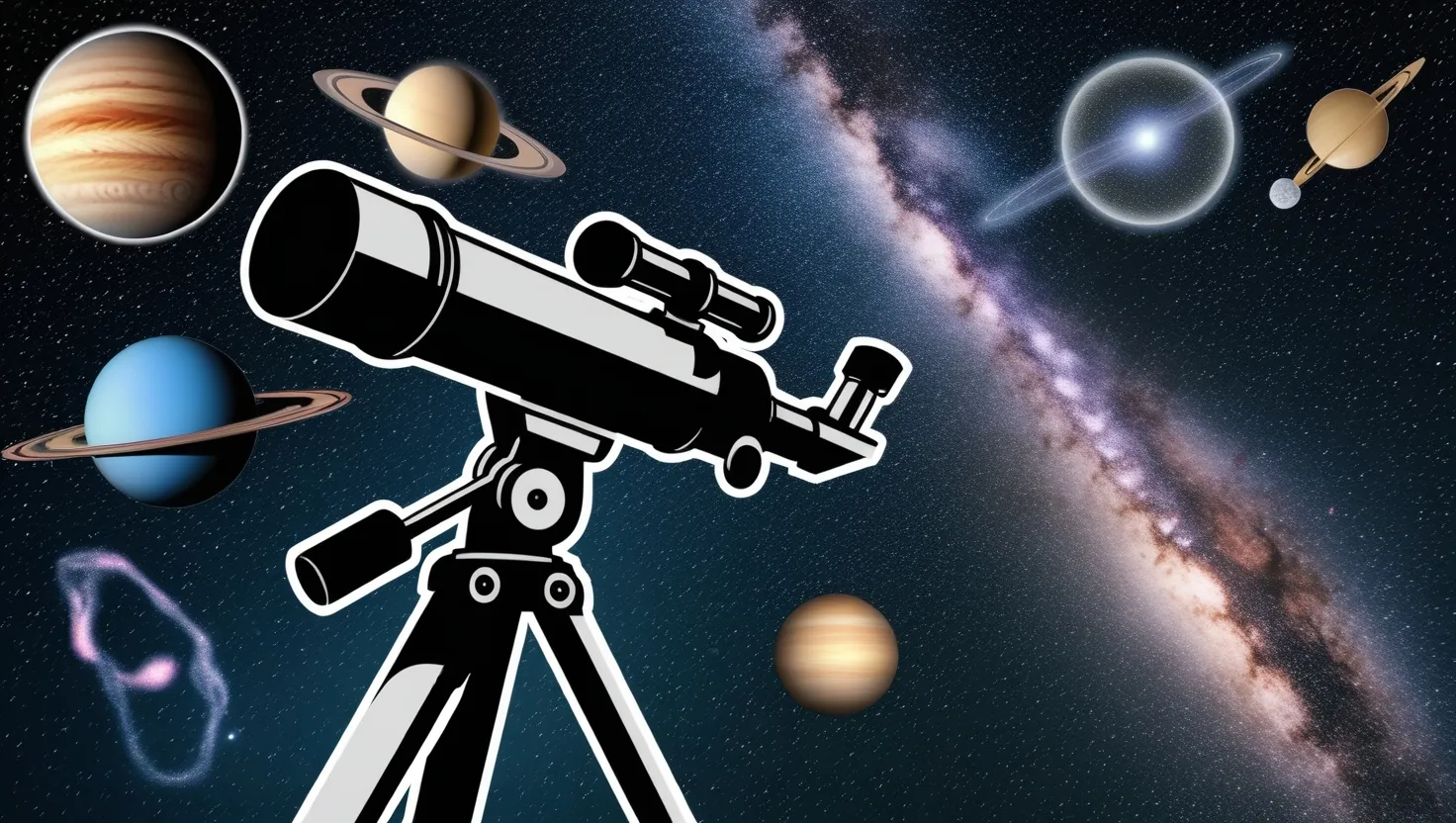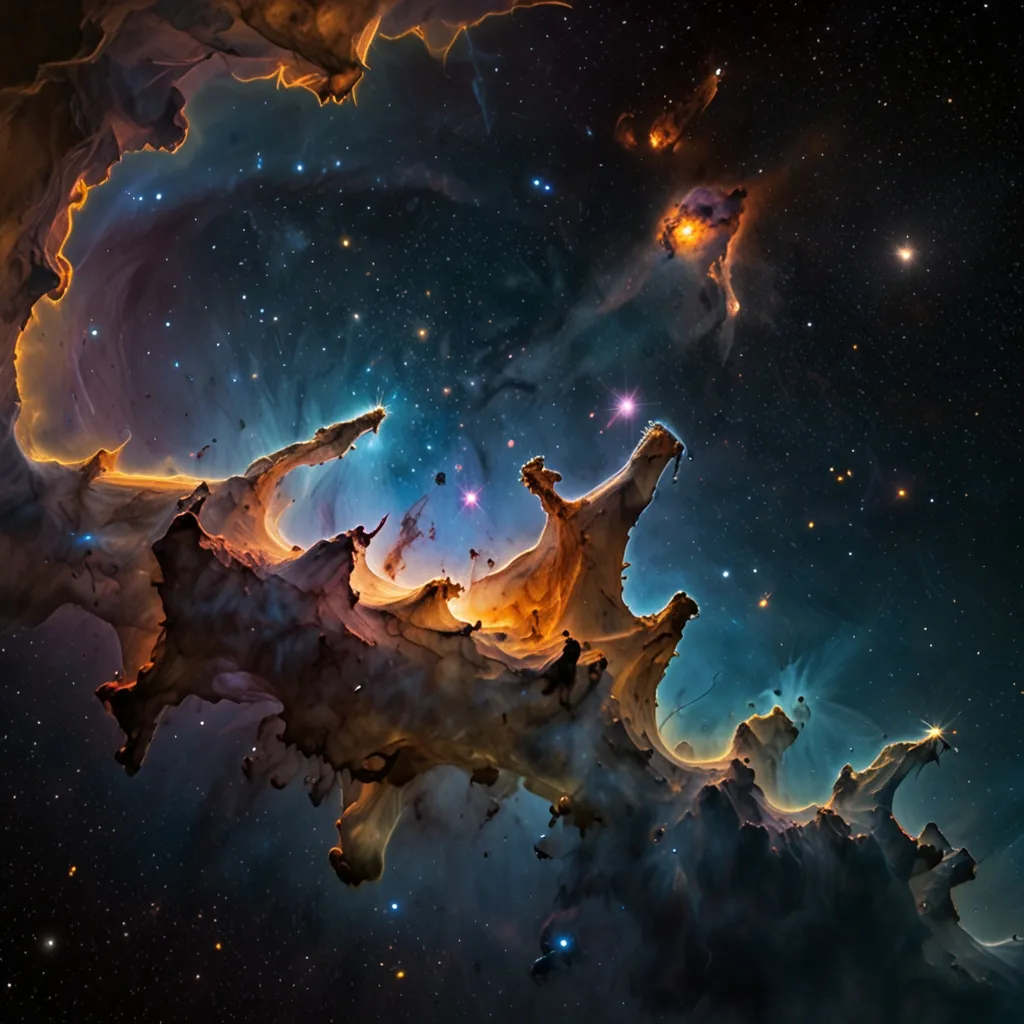The force between two quarks is a captivating phenomenon in physics. Imagine it like a rubber band; the more you try to pull two quarks apart, the stronger the force between them becomes. Just like a rubber band stretches and then tends to snap back, quarks are pulled back into their protons or neutrons when they move apart.
However, if the quarks get too far apart, something fascinating happens. Instead of the force just snapping like a broken rubber band, the energy involved creates a new quark and an anti-quark pair. This creation process results in a quark-antiquark pair known as a meson.
These mesons, although virtual, play a crucial role in keeping protons and neutrons bound together in atoms. This binding force is known as the strong nuclear force. It’s a kind of leftover or residual force from the strong force that holds the quarks tightly inside the protons and neutrons.
It’s important to understand the difference between the strong nuclear force and the strong force. The strong force works within the nucleus, keeping quarks snugly bound together, and this is mediated by particles called gluons. On the other hand, the strong nuclear force, which keeps protons and neutrons hooked to one another in an atom, is mediated by mesons, not gluons.
This intricate dance of forces and particles is at the heart of atomic stability, showcasing nature’s incredible ability to maintain balance in the subatomic world.






